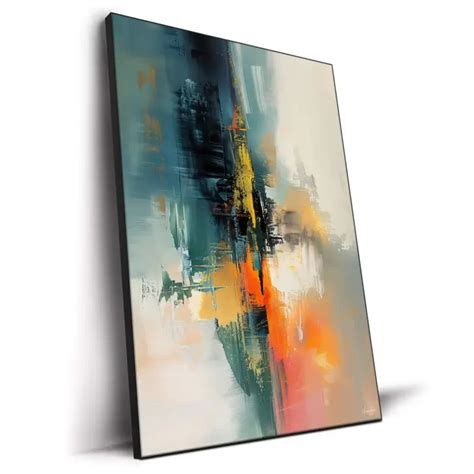Pop Art, a movement that emerged in the 1950s, revolutionized the art world by incorporating elements of popular and commercial culture. It blurred the boundaries between high art and everyday life, bringing mass-produced imagery and consumer goods into the artistic realm. This article delves into the vibrant masterpieces of Pop Art, exploring its key characteristics, influential artists, and the techniques and mediums that define the movement. We will examine how Pop Art continues to shape contemporary culture, its relationship with consumerism, and its pervasive presence in media and advertising. Additionally, we will discuss the global influence of Pop Art, its representation in exhibitions and museums, and speculate on its future trajectory.
Explore this topic in-depth with gamesfats.com
1. Introduction to Pop Art
Pop Art emerged in the mid-20th century as a bold and vibrant movement that challenged traditional notions of art. Originating in Britain and the United States during the 1950s and 1960s, Pop Art sought to bridge the gap between high art and popular culture. Artists drew inspiration from everyday objects, mass media, and consumer goods, transforming mundane items into extraordinary works of art. This movement was characterized by its use of bright colors, bold lines, and repetitive patterns, often incorporating imagery from advertisements, comic strips, and celebrity culture. By celebrating the commonplace and the commercial, Pop Art offered a fresh perspective on the visual landscape of the time. Iconic figures like Andy Warhol, Roy Lichtenstein, and Claes Oldenburg became synonymous with the movement, their works reflecting and critiquing the burgeoning consumerism of post-war society. Pop Art’s playful and provocative approach not only democratized art but also redefined it, leaving a lasting impact on both contemporary culture and the art world at large.
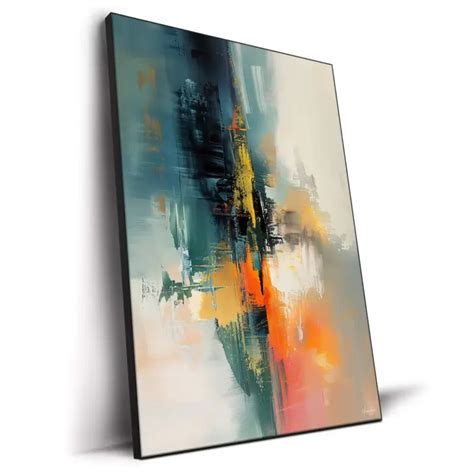
2. Key Characteristics of Pop Art
Pop Art is distinguished by several defining characteristics that set it apart from other artistic movements. Central to its aesthetic is the use of bold, vibrant colors and clear, defined lines, which create striking, eye-catching compositions. Artists often employed commercial techniques such as silkscreen printing and mass production methods to blur the lines between fine art and consumer goods.
A hallmark of Pop Art is its focus on everyday objects and popular culture. This includes imagery from advertisements, comic strips, and mass media, transforming the mundane into iconic art pieces. The movement embraced irony and parody, frequently incorporating elements of satire to comment on the consumerism and materialism of contemporary society. This was achieved through the repetition of images, mimicking the mass production and ubiquity of commercial products.
Pop Art also celebrated celebrity culture, with figures like Marilyn Monroe and Elvis Presley becoming recurring subjects. By elevating these icons of popular culture to the status of fine art, Pop Art challenged traditional notions of what constitutes high art.
Additionally, the use of mixed media and unconventional materials was prevalent, allowing artists to experiment with texture and form. The playful and irreverent nature of Pop Art broke away from the introspective and serious tone of previous movements, making art more accessible and engaging to a broader audience. This democratization of art was a key tenet of the Pop Art movement, leaving a lasting impact on the art world.
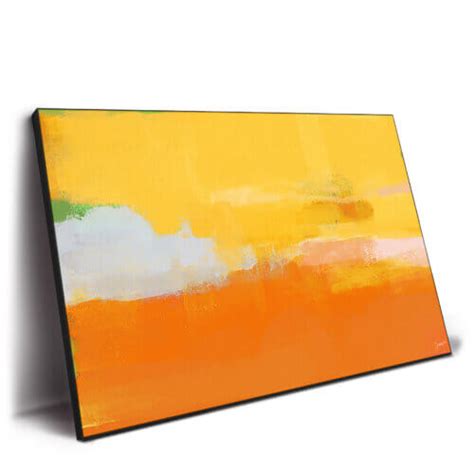
3. Influential Pop Art Artists
Several artists were pivotal in defining and popularizing the Pop Art movement. Andy Warhol stands out as one of the most influential figures, known for his iconic works featuring Campbell’s Soup Cans and portraits of Marilyn Monroe. Warhol’s use of silkscreen printing and his fascination with celebrity culture and mass production techniques encapsulated the essence of Pop Art.
Roy Lichtenstein is another key artist, famous for his comic strip-inspired paintings. His works, characterized by bold colors and Ben-Day dots, such as “Whaam!” and “Drowning Girl,” brought a sense of irony and parody to the art world, challenging traditional boundaries between high and low culture.
Claes Oldenburg contributed to the movement with his oversized sculptures of everyday objects like hamburgers, ice cream cones, and clothespins. His playful and exaggerated forms highlighted the consumerist culture of the time, transforming the ordinary into the extraordinary.
Other notable artists include James Rosenquist, whose billboard-sized paintings combined fragmented images from advertising, and Richard Hamilton, often considered the father of British Pop Art, known for his collage “Just What Is It That Makes Today’s Homes So Different, So Appealing?” Together, these artists and their innovative approaches to art redefined the landscape of modern culture and continue to influence contemporary art today.
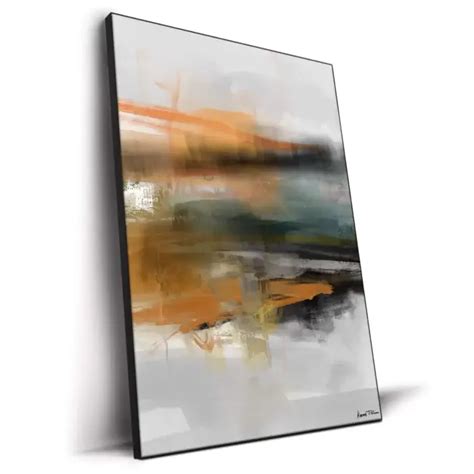
4. Pop Art Techniques and Mediums
Pop Art utilized a variety of techniques and mediums that reflected its ties to mass production and commercial culture. Silkscreen printing, popularized by Andy Warhol, allowed for the replication of images, echoing the mass-produced nature of consumer goods. This method enabled artists to create multiple versions of a single artwork, emphasizing themes of repetition and uniformity.
Collage was another prevalent technique, as seen in the works of Richard Hamilton. By combining images from magazines, advertisements, and other media, artists could create layered, multifaceted compositions that commented on contemporary society.
Mixed media and unconventional materials were also common in Pop Art. Artists like Claes Oldenburg used everyday items, transforming them into large-scale sculptures that challenged viewers’ perceptions of the ordinary. The use of Ben-Day dots by Roy Lichtenstein, inspired by comic strips, added a commercial, mechanized feel to his paintings, further blurring the lines between high art and popular culture. These techniques and mediums collectively underscored the movement’s embrace of consumerism and mass media.
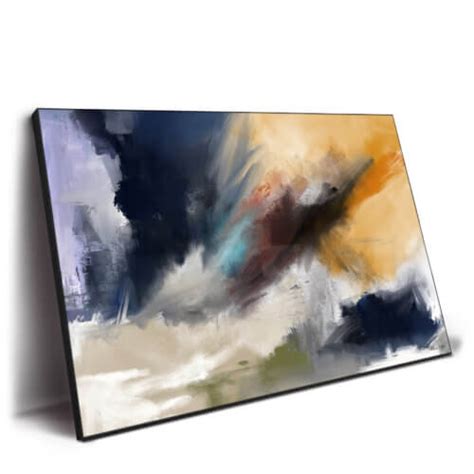
5. Pop Art in Contemporary Culture
Pop Art’s influence continues to permeate contemporary culture, manifesting in various forms of modern art, design, and media. Its vibrant colors, bold lines, and incorporation of popular imagery can be seen in contemporary graphic design, fashion, and advertising. The movement’s playful and irreverent spirit is evident in street art, with artists like Banksy drawing inspiration from Pop Art’s commentary on consumerism and mass culture.
The legacy of Pop Art is also present in the digital age, where memes and viral content reflect its emphasis on repetition and mass production. Social media platforms have become new canvases for Pop Art-inspired creativity, with artists and influencers using these spaces to share bold, graphic visuals that capture the movement’s aesthetic.
Exhibitions and retrospectives continue to celebrate Pop Art’s contributions, showcasing its enduring relevance and impact. The movement’s ability to merge high art with everyday life has left a lasting impression, ensuring that Pop Art remains a vital and dynamic force in contemporary culture. This ongoing influence underscores its role in shaping modern artistic expression and popular media.
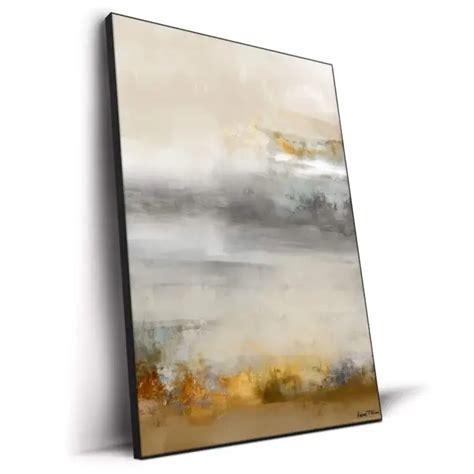
6. Pop Art and Consumerism
Pop Art and consumerism are inextricably linked, as the movement emerged during a time of unprecedented economic growth and consumer culture in the mid-20th century. Pop Art artists embraced and critiqued the consumerist ethos by incorporating imagery from advertisements, product packaging, and mass media into their works. This appropriation of commercial aesthetics served both to celebrate and question the proliferation of consumer goods and the impact of mass marketing on society.
Andy Warhol’s iconic depictions of Campbell’s Soup Cans and Coca-Cola bottles exemplify this relationship. By elevating everyday consumer products to the status of fine art, Warhol highlighted the pervasive influence of branding and commercialism. His work suggested that art, like consumer goods, could be mass-produced and commodified.
Roy Lichtenstein’s comic strip-inspired paintings also reflect this theme, using imagery from popular culture to blur the boundaries between high and low art. His use of Ben-Day dots mimicked the mechanical printing processes of commercial art, further emphasizing the connection between Pop Art and mass production.
Pop Art’s engagement with consumerism was not merely a critique but also an exploration of its omnipresence in modern life. This dual perspective allowed artists to both embrace and challenge the cultural dominance of consumerism, making Pop Art a dynamic and multifaceted movement that continues to resonate in today’s consumer-driven society.
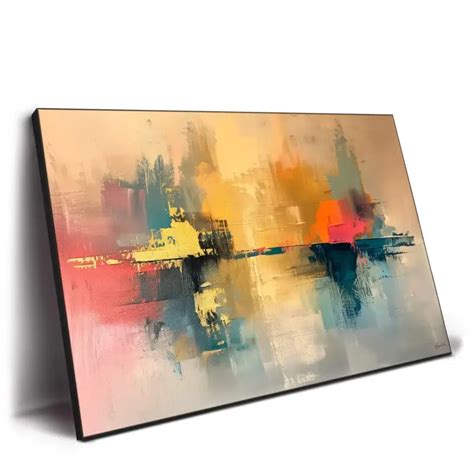
7. Pop Art in Media and Advertising
Pop Art’s influence on media and advertising is profound, as it not only drew from but also reshaped these fields. The movement’s vibrant aesthetics and thematic focus on popular culture made it an ideal fit for the commercial realm, where bold visuals and eye-catching designs are paramount. Artists like Andy Warhol and Roy Lichtenstein incorporated imagery from advertisements and media into their works, effectively blurring the lines between fine art and commercial art.
Warhol’s use of silkscreen printing to replicate brand logos and consumer products mirrored the repetitive nature of advertising, while his iconic Marilyn Monroe and Campbell’s Soup Can series played with the concept of celebrity endorsement and brand recognition. This approach demonstrated how commercial imagery could be elevated to artistic status while critiquing the pervasive influence of advertising.
Lichtenstein’s comic strip-style paintings employed techniques like Ben-Day dots, a method used in printing for advertisements and comics. His work mirrored the visual language of media, making it a direct commentary on the consumption of visual culture.
Pop Art’s integration into media and advertising has had a lasting impact, with its aesthetics continuing to influence contemporary ad campaigns, graphic design, and pop culture visuals. The movement’s legacy endures in the way it has transformed the perception of art and commerce, highlighting the interplay between creativity and consumerism.

8. The Global Influence of Pop Art
Pop Art’s global influence extends far beyond its origins in the United States and Britain, impacting art and culture worldwide. The movement’s emphasis on popular culture, consumerism, and mass media resonated with diverse audiences and inspired artists across different countries. In Europe, artists such as Robert Rauschenberg and Jasper Johns incorporated Pop Art elements into their work, while in Japan, the movement influenced figures like Yayoi Kusama, who adopted its aesthetic in her polka-dot and mirror installations.
In Latin America, artists like Claudio Bravo and Antonio Seguí blended Pop Art with local cultural elements, creating unique interpretations of the movement’s themes. The global spread of Pop Art also paved the way for the rise of international street art and graffiti, which often draw on the movement’s visual language and commentary on consumerism.
Pop Art’s influence is evident in contemporary art practices around the world, where its techniques and themes continue to shape artistic expression and cultural commentary. The movement’s ability to cross cultural boundaries and adapt to different contexts underscores its enduring relevance and impact on the global art landscape.
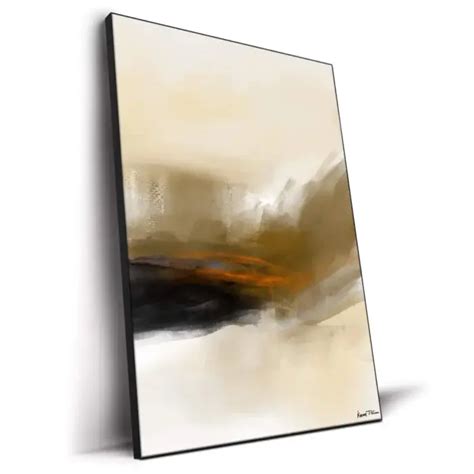
9. Pop Art in Exhibitions and Museums
Pop Art remains a prominent feature in exhibitions and museums worldwide, reflecting its significant impact on the art world. Major art institutions frequently showcase Pop Art to highlight its revolutionary influence and ongoing relevance. Institutions like the Museum of Modern Art (MoMA) in New York and the Tate Modern in London have dedicated exhibitions to Pop Art, featuring works by iconic artists such as Andy Warhol, Roy Lichtenstein, and Claes Oldenburg. These exhibitions often include a range of media, from paintings and prints to sculptures and mixed media, providing a comprehensive overview of the movement’s breadth.
Traveling exhibitions have also played a crucial role in bringing Pop Art to diverse audiences globally. For example, the Andy Warhol Museum in Pittsburgh frequently collaborates with other institutions to display Warhol’s extensive body of work, making it accessible to international visitors. Additionally, retrospective exhibitions and thematic shows continue to explore the movement’s influence on contemporary art and culture, highlighting its relevance in discussions about consumerism, media, and popular culture.
Museums and galleries often use Pop Art to engage new audiences, utilizing interactive displays and educational programs to explore the movement’s impact. This approach not only preserves the legacy of Pop Art but also encourages ongoing dialogue about its contributions to modern art and its resonance in today’s visual culture.
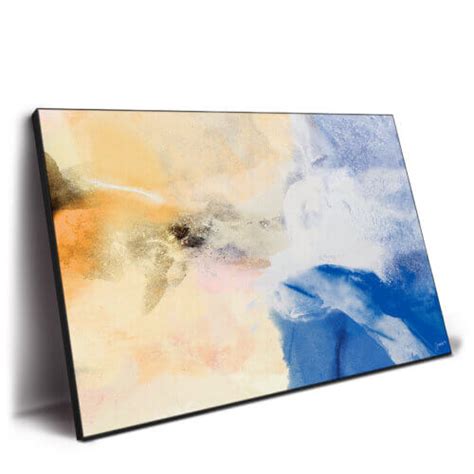
10. The Future of Pop Art
The future of Pop Art is poised to evolve as contemporary artists continue to draw inspiration from its core themes and aesthetics. While the movement initially focused on the intersection of art and consumerism, future iterations are likely to explore new dimensions, including digital media and technology. The rise of social media and digital platforms offers a new canvas for Pop Art’s vibrant and engaging style, allowing artists to experiment with interactive and multimedia elements that reflect the digital age’s visual language.
Emerging artists are already integrating Pop Art techniques with modern themes, such as virtual reality, augmented reality, and digital installations. This fusion of traditional Pop Art elements with cutting-edge technology could lead to innovative forms of artistic expression that challenge conventional boundaries.
Moreover, as global cultural landscapes shift, Pop Art’s ability to adapt and comment on contemporary issues will ensure its continued relevance. By addressing current topics such as digital consumerism, social media influence, and global interconnectedness, Pop Art is set to remain a dynamic and influential force in the art world. Its legacy of blending high art with popular culture will likely persist, evolving to reflect and critique th
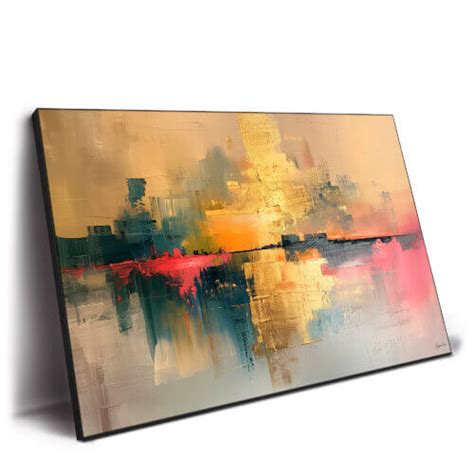
Pop Art’s vibrant fusion of high art and popular culture has left an indelible mark on the art world and contemporary society. By celebrating and critiquing consumerism, media, and everyday life, it transformed perceptions of art and its role in modern culture. As Pop Art continues to influence new generations of artists and adapt to evolving trends, its legacy endures, reflecting the dynamic interplay between art and popul
gamesfats.com
